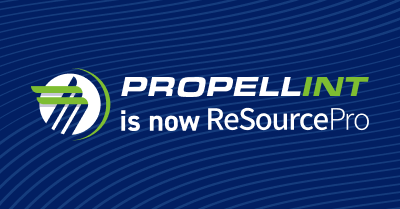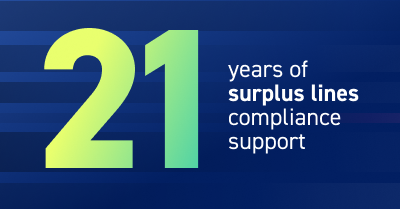Susan serves as VP, Growth Solutions, and Frank serves as Practice Leader, Growth Solutions at ReSource Pro.
Breaking the Commodity Cycle
The “cycle of commoditization,” starts when an insurance buyer perceives insurance as a product and service with price as the primary differentiator. Insurance agents, especially those with an inadequate pipeline of prospects or lack of training, tend to follow the buyer’s lead and ask their insurance company partners for the lowest price—so they can make the sale.
In this all-too-common scenario, insurance companies do not get the opportunity to compete on their capabilities to reduce risks and improve outcomes for employers. Instead, all their resources are reduced to one number on a spreadsheet: the price.
Naturally, insurance companies disdain being compared to others that have fewer capabilities and resources. So, how can they break the commodity cycle and ensure that their distribution force positions them effectively in the marketplace?
1. Clarify Your Value Proposition
One reason why some agents may perpetuate the commodity cycle is because they lack a clear understanding of insurers’ value propositions. This is because insurance companies often have trouble establishing an effective one and communicating it to their distribution force.
A value proposition is more than just a strong statement. Insurance companies should be able to present tangible data that substantiate their claims of differentiation and demonstrate improved outcomes for insureds. For example, how the insurance company’s processes reduce an employer’s pharmacy spend to 4% compared to the industry average of 17%.
Once a clear value proposition has been developed and data have been captured, sharing them with agents and account managers will ensure that the differentiators are understood and can be incorporated into the agency’s sales dialog.
2. Evolve Agency Sales Training
Today’s insurance buying process and attitudes have changed yet many sales training programs and sales processes haven’t. For example, team buying has introduced greater complexities for agents, who must be prepared to work with a group of 6-7 buyers and develop an understanding of their unique roles and personas.
Furthermore, where agents were once the sole purveyors of insurance information, much of that information is now available on-demand. This means that insurance buyers no longer need agents who play the role of informant but agents who act as risk advisors, helping them identify risks and implement effective risk management strategies.
Because agents often don’t receive adequate training to address these needs, they tend to follow the buyer’s lead and fall into the commodity trap. Insurance companies who develop, sponsor, or recommend sales training programs that teach producers to lead a risk-based approach to insurance buying can position themselves and their distribution force for success.
3. Be More Transparent
Frequently, insurance companies don’t clearly articulate their appetite or right-fit risk, or they prefer to remain “flexible.” It is frustrating for agencies to hear, “Just send the account to us, and we will take a look.”
Conveying to agencies what type of qualities define the insurance company’s right-fit insured is a great step forward in ensuring agent, underwriter, and insured are in alignment. In addition, insurance companies should consider sharing other information about themselves that might benefit agents, such as their underwriting philosophy and pricing models.
Invest In and Communicate with Your Distribution Force
When insurance companies are clear and communicative with their distribution force about their differentiators and values, they can ensure that their unique capabilities are known in the marketplace and increase their share of right-fit submissions.
Insurance companies also benefit when they invest in sales training programs that teach agents to break the commodity cycle. When agents are equipped with the knowledge and skills to sell more coverage and close more profitable business, insurance companies, too, reap the rewards and can raise their risk diversification.
ReSource Pro’s Distribution Strategies can support insurance companies in uncovering their key differentiators, aligning with their distribution force, and teaching producers to elevate their conversations and sell more effectively.
Download our case study to find out how Growth Solutions helped one super-regional carrier achieve differentiation and organization-wide alignment.



